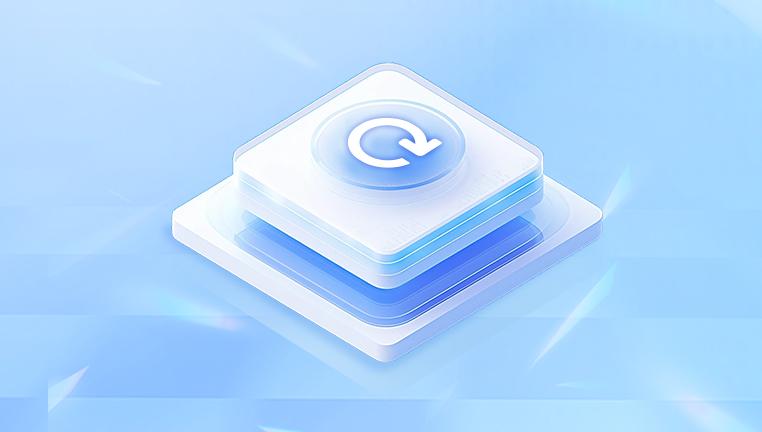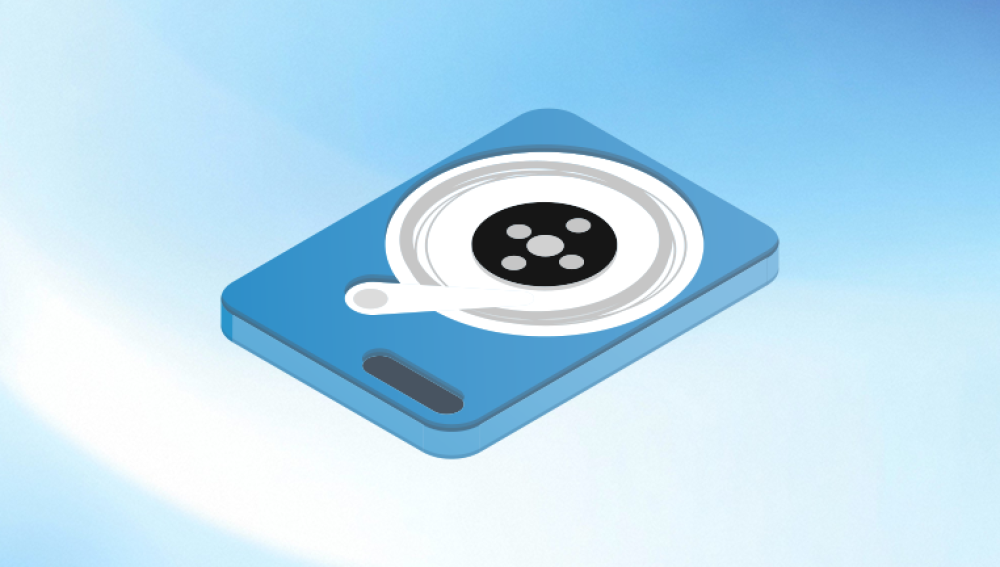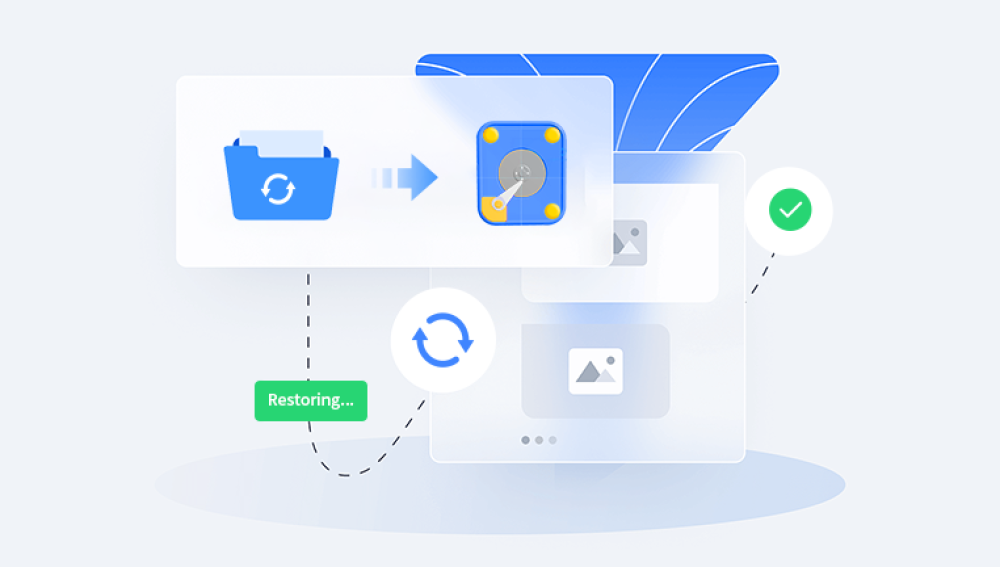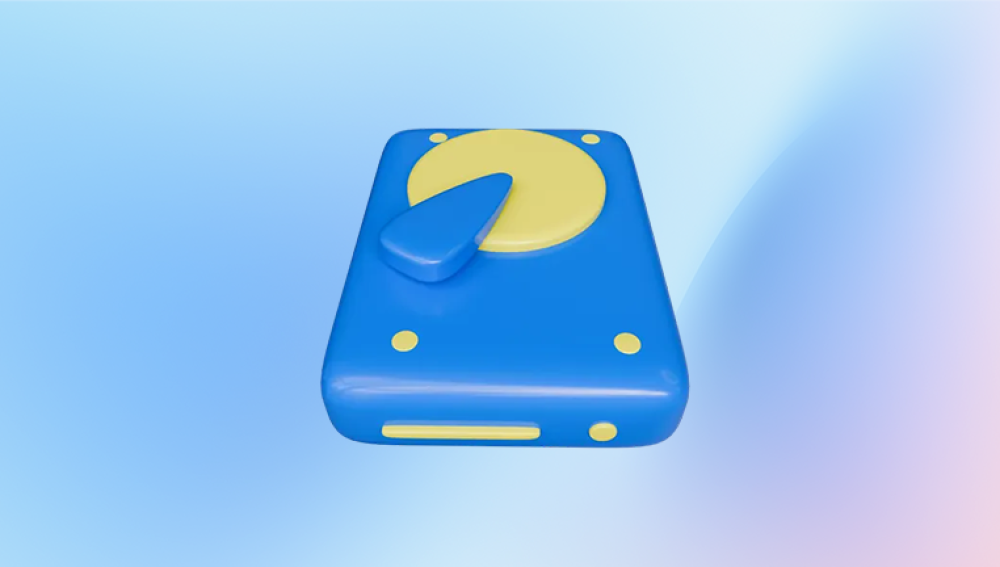Data loss is a dreaded but common experience in the digital world. Whether caused by human error, system crashes, hardware malfunction, or malware, the risk of losing important files photos, documents, business data, and more can strike any time. Seagate, a leading manufacturer of hard drives and external storage devices, acknowledges this risk and offers its own solution: Seagate File Recovery Software. This specialized tool is designed to recover lost, deleted, or inaccessible data from Seagate drives, but it's also compatible with other brands and storage formats.
Seagate File Recovery Software is a user-friendly data recovery tool developed in collaboration with third-party software experts. The software is tailored to support Seagate internal and external hard drives, SSDs, and USB drives. While it's especially optimized for Seagate products, it can also work with storage media from other brands.
Its core purpose is to scan damaged, formatted, deleted, or otherwise unreadable drives and reconstruct lost data. It works across various file systems such as NTFS, exFAT, FAT32. HFS+, and APFS, and supports both Windows and macOS platforms.

Seagate offers this software with some drives (bundled for a limited time or available for separate purchase) or as part of their Rescue Data Recovery Services subscription.
When to Use Seagate File Recovery Software
The software is best used for logical data loss scenarios. Logical damage refers to file system-level issues rather than physical hardware failure. Here are ideal use cases:
Accidental file deletion
Formatted Seagate drives
Corrupted partitions
Files lost during transfer
Reformatted drives during OS installation
Sudden loss of partition visibility
It is not ideal for mechanical or physical damage, such as clicking sounds, failed read/write heads, or non-spinning drives. In such cases, a cleanroom and specialized professional services are needed.
Supported Devices
Seagate File Recovery Software is designed for a range of storage devices, including:
Seagate Backup Plus drives
Seagate Expansion drives
Seagate One Touch SSDs and HDDs
Seagate Barracuda, FireCuda, IronWolf drives
LaCie external drives (owned by Seagate)
USB flash drives
Memory cards
You can also use it to scan non-Seagate devices, although Seagate support is optimized for their own hardware.
Key Features
Some standout features of Seagate File Recovery Software include:
Quick and Deep Scan options: Fast retrieval for recently deleted files or thorough recovery for formatted or corrupted volumes.
Multiple file system support: NTFS, exFAT, FAT32. HFS+, APFS.
Cross-platform: Available for both Windows and macOS.
Preview functionality: See recoverable files before initiating recovery.
Filter by file type: Photos, videos, documents, audio, and more.
Intuitive user interface: Easy for beginners to navigate, yet robust enough for advanced users.
System Requirements
For Windows:
OS: Windows 11. 10. 8.1. or 7 (64-bit recommended)
RAM: Minimum 4GB
Disk space: 100MB for installation
Supported file systems: NTFS, exFAT, FAT32
For macOS:
OS: macOS 10.14 (Mojave) or later
RAM: 4GB minimum
Disk space: 150MB for installation
Supported file systems: HFS+, APFS, FAT32. exFAT
How to Download and Install Seagate File Recovery Software
You can download the software from Seagate’s official website or through the companion software that comes bundled with some Seagate drives.
Steps:
Visit Seagate’s Recovery Software page
Choose the version (Windows or Mac) based on your system.
Download the installer and run it.
Follow the on-screen instructions to complete the setup.
Important Tip: Install the software on a different drive than the one you’re recovering data from. This prevents overwriting lost files.
Step-by-Step Guide to Recovering Files
1. Launch the Application
Open Seagate File Recovery Software. The interface will display all available storage devices connected to your system.
2. Select the Affected Drive
Identify and click on the Seagate drive from which you want to recover files. The software will begin analyzing the drive’s health and readiness.
3. Choose Scan Type
Quick Scan: Ideal for recently deleted files or minor corruption.
Deep Scan: Scans sectors in-depth for formatted or heavily corrupted drives.
Deep Scan takes longer but retrieves more data.
4. Wait for Scan Completion
The software will go through the file system and reconstruct folder hierarchies. Scanning times vary depending on the drive’s size and health.
5. Preview and Filter Results
You can preview recoverable files. Use filters to narrow results by type: documents, images, videos, etc.
6. Select Files to Recover
Choose the files or folders you want to recover. You can recover everything or select only certain types or dates.
7. Recover and Save Files
Choose a different drive or partition as the recovery destination. Do not save files to the same drive you're recovering from.
File Types You Can Recover
Seagate File Recovery Software supports thousands of file formats, including but not limited to:
Documents: DOCX, XLSX, PDF, PPT, TXT
Media files: JPG, PNG, MP4. MOV, AVI, MP3. WAV
Emails: PST, OST, EML
Archives: ZIP, RAR, TAR
Executable files: EXE, DMG (in some cases)
Performance and Recovery Success Rate
The success of recovery depends on several factors:
How soon you begin recovery after data loss
Whether the data has been overwritten
Extent of drive damage
Correct identification of file system
Use of deep scan vs. quick scan
In logical data loss scenarios (deletion, formatting), the software often achieves over 90% recovery success for undamaged sectors.
Limitations and Drawbacks
While effective, Seagate File Recovery Software does have some limitations:
Cannot fix physically damaged drives
Not free: It may require activation for full functionality, depending on licensing or bundles.
Slower deep scans: Particularly on large-capacity drives (e.g., 4TB+)
Limited RAID support: Not ideal for RAID 0/5 or other complex configurations
No built-in disk health diagnostics (though you can pair it with Seagate SeaTools)
What to Do If the Software Doesn’t Recognize Your Drive
If your drive isn’t showing up in Seagate File Recovery Software:
Check USB ports and cables
Try another computer
Check Disk Management (Windows) or Disk Utility (Mac) to see if the OS recognizes the hardware
Use Seagate SeaTools to check drive status
If the drive is not spinning or making noises (clicking, beeping), stop using it immediately and seek professional recovery services
Comparing Seagate File Recovery to Other Software
Drecov Data Recovery
Excellent for formatted or deleted file scenarios
Very beginner-friendly interface
Competitive with Seagate File Recovery, though not optimized for Seagate firmware
Stellar Data Recovery
Powerful, but more expensive
Offers disk cloning and advanced repair features
EaseUS Data Recovery
Robust, versatile
Fast scan times, but slower recovery speeds
Recuva
Best for simple, recent deletions
Lacks features needed for deep corruption or formatted drives
While alternatives exist, Seagate File Recovery is an ideal first choice for Seagate users due to its compatibility and dedicated support.
Best Practices After Recovery
Once your files have been successfully recovered:
1. Back Up Immediately
Save a copy of your files to at least one other location—cloud, external drive, or NAS.
2. Check Drive Health
Use Seagate’s SeaTools to test your drive’s integrity. If it has reallocated sectors, bad blocks, or fails tests, consider replacing it.
3. Avoid Reusing a Failing Drive
Even if recovery was successful, continued use may result in future data loss.
4. Update Firmware and Drivers
Ensure your Seagate drive has the latest updates to avoid future issues.
Using Seagate Rescue Data Recovery Services
If your data recovery needs exceed what software can provide, Seagate offers professional recovery through its Rescue Services.
These are available with some Seagate drives (e.g., Rescue plans included with certain external drives), or they can be purchased as a standalone option.
Key Features:
Class 100 cleanroom labs
High recovery success rate
Flat-rate pricing with no hidden fees
Return of data on a new device
How to Avoid Future Data Loss on Seagate Drives
While no method is foolproof, these steps significantly reduce the risk of data loss:
Backup regularly: Use Seagate Toolkit or another backup utility to automate backups.
Handle drives carefully: External drives can be sensitive to shock.
Always eject before unplugging: Avoid file system corruption by using "Eject" or "Safely Remove."
Use surge protection: Prevent sudden shutdowns from power surges.
Monitor drive health: Run regular diagnostics using SeaTools.
Seagate File Recovery Software is a powerful, intuitive, and reliable tool for recovering lost or deleted data from Seagate and other branded storage devices. Designed with ease-of-use and compatibility in mind, it supports various file systems, offers quick and deep scans, and provides users with clear control over their recovery process.
While it’s not a fix-all solution especially in cases of physical damage it excels in recovering data from deleted, corrupted, and formatted partitions. By acting quickly, using the software correctly, and following best practices for post-recovery management, users can retrieve their files and prevent future losses.




